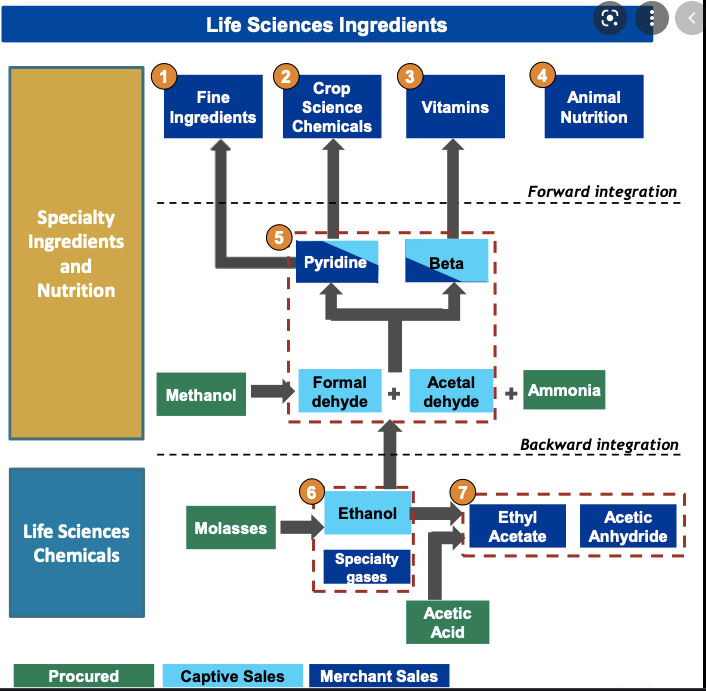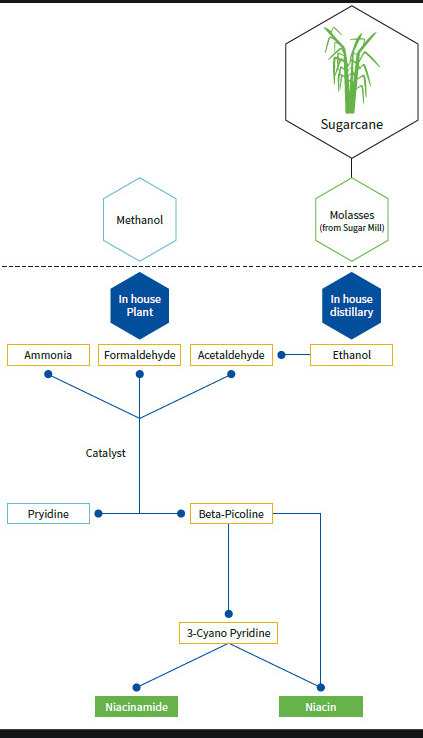
Hydrogen per Gyan ( From ET energy world)
-India produced 15,311 petajoules of energy in 2020 of which 81% was derived from fossil fuels such as coal, oil, and natural gas. In fact, fossil fuels have been the fuel of choice for decades
-India produced 15,311 petajoules of energy in 2020 of which 81% was derived from fossil fuels such as coal, oil, and natural gas. In fact, fossil fuels have been the fuel of choice for decades
despite causing permanent damage to our environment. With India estimated to produce 35,825 petajoules of energy by 2040 according to The International Energy Agency (IEA), transitioning to an alternative clean energy source is the need of the hour
Nuclear energy is an excellent option, but because of geopolitics (nuclear fuel can be made weapon-grade and invite international sanctions), it is less preferred. Harnessing energy from renewables such as hydro, solar, and wind is fast becoming the choice of future investments
as electrification has a huge potential to replace several fossil fuel applications.
However many applications such as production of iron, fuel for aviation, etc., cannot be electrified and hydrogen can play an important role in replacing fossil fuels.
However many applications such as production of iron, fuel for aviation, etc., cannot be electrified and hydrogen can play an important role in replacing fossil fuels.
Why hydrogen?
Hydrogen combined with air, produces energy and water vapour. Hydrogen packs more energy per kg than several fuels.
Most importantly, apart from being a fuel, hydrogen acts as feedstock in the refining, fertiliser, and chemical industries,
Hydrogen combined with air, produces energy and water vapour. Hydrogen packs more energy per kg than several fuels.
Most importantly, apart from being a fuel, hydrogen acts as feedstock in the refining, fertiliser, and chemical industries,
and is gradually replacing carbon as a feedstock in the iron and steel industry too. Thus, just one hydrogen production plant can address the demand requirements of several applications.
Unlike fossil fuels, which are readily available in natural form, hydrogen has to be extracted from feedstocks such as natural gas, water or biomass.
To make zero emission hydrogen or green hydrogen competitive with fossil fuels, it should be priced around INR 75–150/kg.
To make zero emission hydrogen or green hydrogen competitive with fossil fuels, it should be priced around INR 75–150/kg.
Grey hydrogen, produced from natural gas, is already available at INR 150/kg, but it leads to emission of 9.21 kg of CO 2 for every kg of hydrogen produced, and hence is not a preferred choice.
Alternatively, hydrogen can be produced by splitting water using just electricity without any emissions, by a process called water electrolysis. But historically, this process has been plagued by electricity costs.
The fall of RE prices to an all-time low of USD 0.05/kWh and a huge fund inflow last year has been catalytic in the launch of 359 large-scale green hydrogen projects globally, with one in India by Reliance Industries, as reported by the Hydrogen Council.
Currently, India has a hydrogen production capacity of 6 million tonnes per annum (Mtpa). Most of this capacity is captive and mainly produced using natural gas within refineries and fertiliser industries.
With a hydrogen economy, production technologies would need a makeover to greener methods such as electrolysis. New demand sectors – green steel, green ammonia, green methanol, green fuel, and so on – would create a projected demand of 40 Mtpa by 2060, according to a study.
About 40% of India’s energy demand is imported today at a cost of US$160 billion. By moving to a hydrogen economy, India can not only reduce imports of oil, coal, and natural gas, but will also be able to export hydrogen to other countries in Europe and Asia.
Thanks to its geography, India has the potential to produce 210 Mtpa (598 Mtoe) of hydrogen from solar and wind and meet 32% of Asia-Pacific’s (APAC’s) hydrogen demand.
Globally, about 111 Mtpa of hydrogen was produced in 2020, with two-thirds of the demand from refining and ammonia. This demand is estimated to reach 212 Mtpa, with Indian domestic demand of 9 Mtpa by 2030, spanning various sectors.
The hydrogen economy, currently at US$ 136 billion is set to become a US$ 2.5 trillion market and expected to create 30 million jobs by 2030.
Eyeing the opportunities, Reliance Industries has announced an investment of INR 75,000Cr towards green power,
Eyeing the opportunities, Reliance Industries has announced an investment of INR 75,000Cr towards green power,
which includes electrolyser and fuel cell giga factories. NTPC Limited and Indian Oil Corporation have announced production of green hydrogen, while Indian Railways is exploring retrofitting of diesel engines with fuel cells to run on hydrogen.
Jindal Steel is also exploring production of green steel, while the central government is planning to make hydrogen a part of Renewable Purchase Obligations and Green Hydrogen Consumption Obligation in fertiliser production and petroleum refining.
• • •
Missing some Tweet in this thread? You can try to
force a refresh







